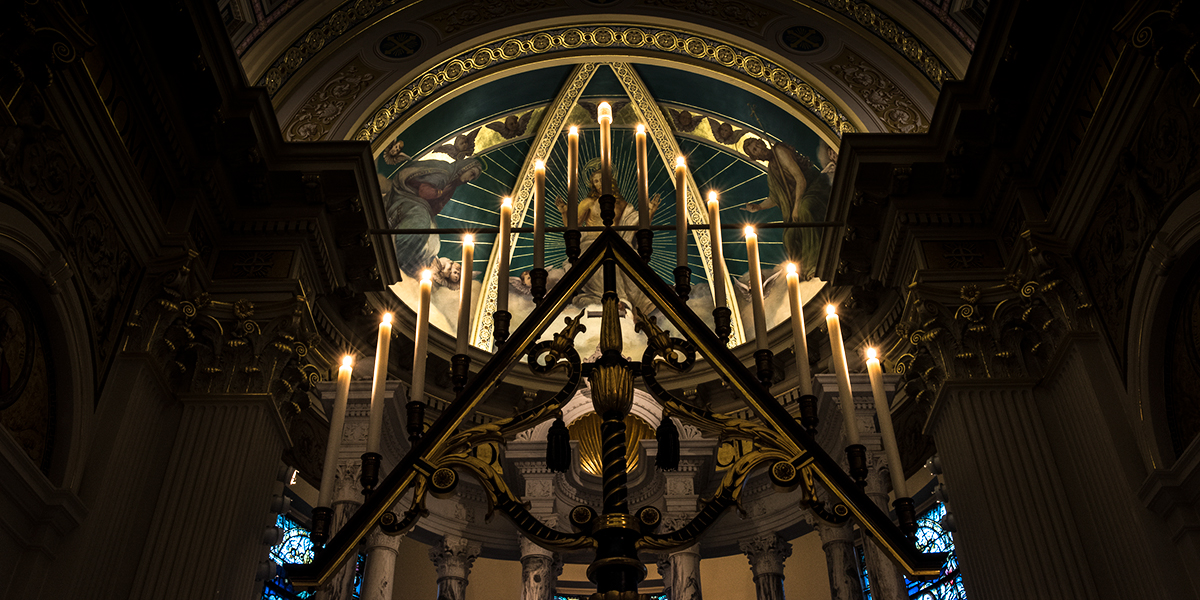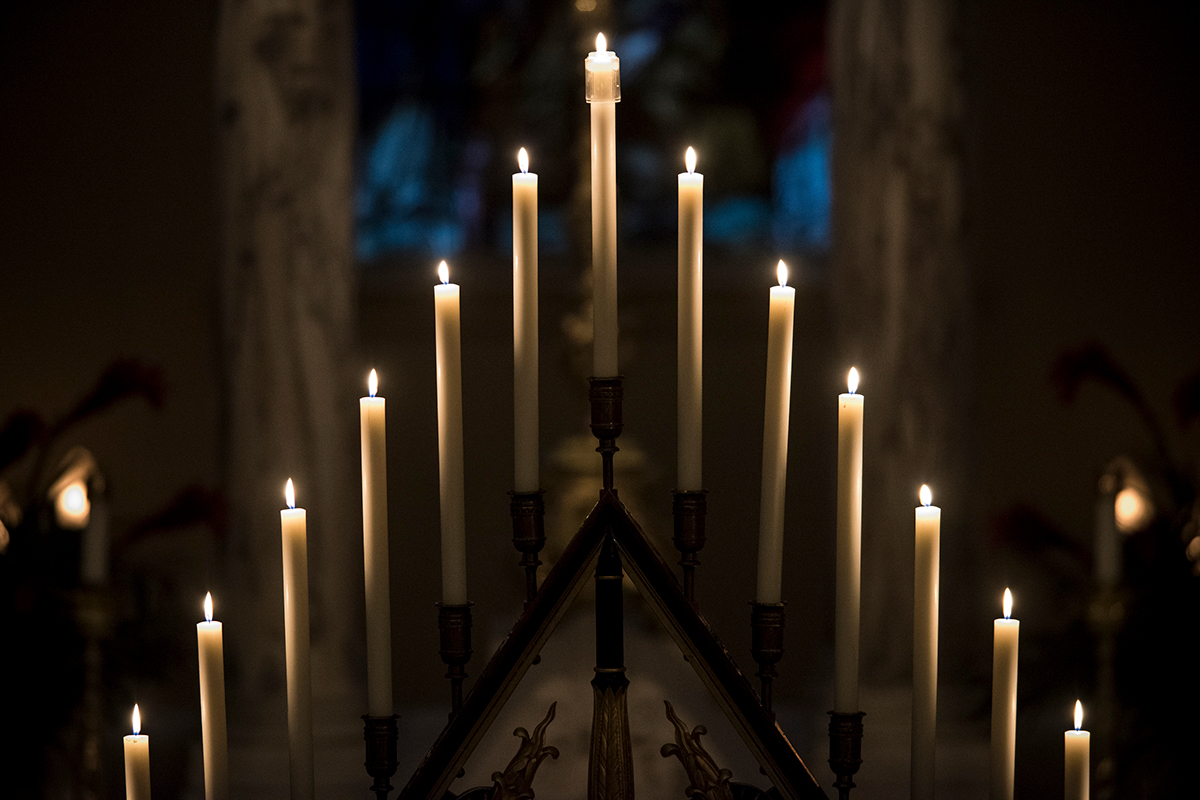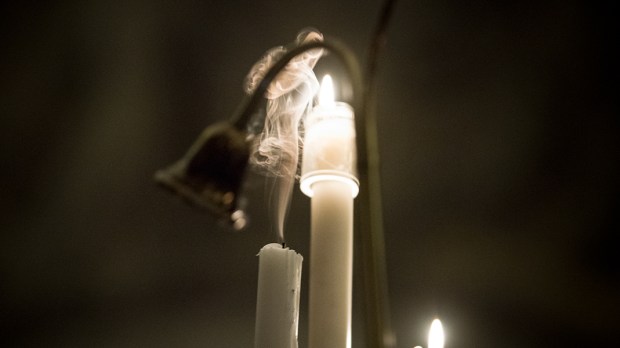One of the many beautiful liturgies of Holy Week, which does not always receive much notice, is the liturgical service called Tenebrae.
The Latin name is translated as “darkness,” and it is a liturgy celebrated by Roman Catholics as well as Anglicans, Protestants and some Orthodox Churches.
Essentially it consists of chanting the Liturgy of the Hours on the final three days of Lent. The liturgical hours of Matins and Lauds (Office of Readings and Morning Prayer) for Holy Thursday, Good Friday and Holy Saturday are typically anticipated the evening before and celebrated in candlelight.

Matins and Lauds consist of Psalms, antiphons and readings that highlight the sacred mysteries of Holy Week. The mood of the celebration focuses on the death of Jesus and is consequently very mournful.
The Catholic Encyclopedia explains how “Lauds follow immediately on Matins, which in this occasion terminate with the close of day, in order to signify the setting of the Sun of Justice … Originally Matins on these days, like Matins at all other seasons of the year, were sung shortly after midnight, and consequently if the lights were extinguished the darkness was complete.”
On each day of Tenebrae (Spy Wednesday, Holy Thursday and Good Friday) a special triangular candelabra (called a Tenebrae hearse) is displated, traditionally holding 15 candles. During the liturgy the candles are extinguished one at a time after the chanting of the Psalms.

In some versions of Tenebrae the liturgy is shortened to seven readings from the Gospel (and seven candles) that represent seven “shadows” in Christ’s life: the Shadow of Betrayal, the Shadow of Denial, the Shadow of Aloneness, the Shadow of Accusation, the Shadow of Suffering, the Shadow of Crucifixion and the Shadow of Death.
One Anglican form of Tenebrae consists of reading the Book of Lamentations from the Hebrew Scriptures, which foreshadows the Passion and death of Jesus in the songs of mourning for the destruction of Solomon’s Temple.
The final candle, representing Christ, is not extinguished but usually hidden behind the altar after the last of the Scripture readings. A final prayer is said in the darkness. At this time a loud noise called the strepitus is heard in the church (sometimes made by the dropping of books on a pew or a loud instrument), representing the earthquake when Jesus died and the confusion that came after. Others say that it symbolizes the rolling of the stone over Jesus’ tomb.
The liturgy ends in silence and the last candle is either kept hidden or brought back into view. The faithful leave in silence and the mood is again very mournful, reflecting on the death of Christ and the darkness that covered the world on Good Friday.
It is a beautiful part of Holy Week that immerses the Christian faithful into the death of Christ and makes the lighting of candles at the Easter Vigil even more dramatic. During Tenebrae the church is shrouded in darkness, but the darkness does not have the last word. The Easter Vigil begins in that same darkness, but the light of Christ (symbolized by the Easter candle) expels the shadows and the entire church becomes ablaze with light when the candle reaches the sanctuary.
This is the good news of our faith. However dark our world may get, the light of Christ conquers the darkness and leads us all to Eternal Life.

